Following the visit of Afghanistan foreign minister Amir Khan Muttaqi to Delhi, India upgraded its technical mission in Kabul to an embassy. India had closed its embassy in Kabul in 2021, when the Taliban took control of the country, expecting it to be a Pakistan-dominated state. It re-established a technical mission in June 2022 to monitor its aid supplies once it became evident that Kabul would not be controlled by Islamabad.
Currently, tensions are high between the two states along the Durand Line. The MEA statement on the re-establishment of the embassy read: “This decision (to upgrade the technical mission to an embassy) underscores India’s resolve to deepen its bilateral engagement with the Afghan side in all spheres of mutual interest.”
The recent visit to India by Muttaqi was a game changer. While in India, Muttaqi signed a joint statement acknowledging that India and Afghanistan are neighbours, implying that POK and Gilgit-Baltistan are part of India. He also criticised Pakistan’s handling of the TLP (Tehreek-e-Labbaik Pakistan) protests. Pakistan, as expected, condemned both the statement and his remarks but was clearly unsettled by the growing India-Afghanistan bonhomie.
The announcement of the embassy’s opening coincides with worsening Pakistan-Afghanistan ties after Pakistan launched airstrikes on multiple locations in Afghanistan, frustrated by a series of attacks by the TTP (Tehreek-e-Taliban Pakistan) on its security forces in Khyber Pakhtunkhwa. This led to serious border clashes, with Pakistan suffering losses, its soldiers surrendering, and posts being captured by the Taliban. The Taliban displayed captured Pakistani weapons as a sign of victory.
Impact Shorts
More ShortsCurrently, there is a ceasefire mediated by Qatar between the two sides. Attacks by Baloch freedom fighters and the TTP continue unabated on Pakistani security forces. Further talks to resolve the border and terrorism issues emanating from Afghanistan are ongoing. Pakistani leaders continue to threaten Afghanistan with open conflict if the attacks persist.
Pakistan has been accusing India of being behind these terrorist attacks. DG ISPR Lt Gen Chaudhary stated in a press conference, “Indian proxies are working in Afghanistan and using Afghan soil for terrorism.” Shehbaz Sharif claimed that India “incited the Taliban,” while Defence Minister Khawaja Asif remarked that the Taliban leadership is “sitting in India’s lap.” Pakistan’s defence minister has no real role in managing defence other than giving media interviews, often contradicting himself.
Accusing India is nothing new for Pakistan. During the US-backed Karzai government, Islamabad blamed Indian consulates for funding anti-Pakistan groups operating from Afghan soil. India never bothers to respond, aware that Pakistan is hiding its internal failures.
The Afghan defence minister retaliated strongly to Pakistan’s accusations, stating, “Afghanistan has never allowed its territory to be used by another country. We are an independent nation, and our relations with India and Pakistan are guided solely by national interest.” On the contrary, he blamed Pakistan for backing ISIK (Islamic State – Khorasan Province), which seeks to overthrow the Taliban regime.
The Taliban have never accepted the Durand Line as the border between them and Pakistan. In their view, it is an artificial line dividing Pashtun tribal lands and undermining Afghan sovereignty. This has added to tensions between the two states.
Qatar was compelled to revise its official statement issued on the ceasefire it mediated in the Pakistan-Afghan conflict. The original statement had read that the ceasefire would “contribute to ending tensions on the border between the two brotherly countries”. The revised statement mentioned it would reduce “tensions between the two brotherly countries.” The word border was removed at the Taliban’s insistence.
As a signal of goodwill towards India re-establishing ties, the Taliban leadership began emphasising the TAPI (Turkmenistan-Afghanistan-Pakistan-India) gas pipeline. Once completed, this pipeline would be a major boost for gas-hungry India. In addition, Afghanistan has invited Indian companies to invest in its mineral, agriculture, and hydroelectric sectors. Untapped minerals in Afghanistan are estimated to be worth $1-3 trillion.
The opening of embassies, even without formal recognition of the Taliban regime, is a step closer to legitimacy for the regime. Afghanistan’s strategic location makes it a crucial link in India’s North-South Corridor commencing from the Chabahar Port, bypassing Pakistan. This would open access to Central Asian markets.
Apart from ensuring that Pakistan’s anti-India proxies will not exploit Afghan soil, the ties will also help counter China’s growing influence in the region. India would never want Afghanistan to become a proxy state for Pakistan. There are also unconfirmed reports that India and Afghanistan are close to finalising a defence deal under which India would re-activate air defence systems in Afghanistan. This would deny Pakistan the freedom to target Afghanistan by air.
For Pakistan, Indian presence in Afghanistan is a new challenge. It also counters their growing presence in Bangladesh. Asim Munir, Pakistan’s failed marshal, recently threatened India’s Northeast, suggesting exploiting Bangladesh. Recently, Pakistan’s Joint Chiefs of Staff Committee Chairman, Gen Sahir Shamshad Mirza, led a delegation to Bangladesh and met interim government chief Mohamad Yunus in Dhaka. It was claimed that the delegation visited areas close to India’s vulnerable Chicken’s Neck corridor.
Increased Indian presence and influence in Afghanistan is more than just a counter—it places Pakistan’s troubled regions, Khyber Pakhtunkhwa and Balochistan, at risk. While India and Bangladesh do not have border issues, Pakistan and Afghanistan do. If Pakistan attempts to exploit Bangladesh, India will have options.
Pakistan currently faces a host of internal and external challenges. Its relations with neighbours India and Afghanistan are at their lowest ebb ever. It has been involved in limited conflicts with both. Its ties with Iran remain tense, with both engaging in missile attacks. Internally, the Pashtuns and Baloch are up in arms, and there are other violent protests aimed at the state. Simultaneously, it faces economic shortfalls.
With improved Indo-Afghan ties, Pakistan’s dreams of exploiting Afghanistan as strategic depth against India have ended. It can no longer consider shifting its anti-India terrorist bases into Afghanistan to shield them from Indian missile and air strikes. No wonder the Pakistani leadership criticised Muttaqi’s visit. It is now convincing its people that India is backing terrorist groups operating against it from Afghan soil. Pakistan’s hypocrisy is obvious: It wants from Afghanistan what it doesn’t do for India.
Kabul also views India as an ally that would support it against its main adversary, Pakistan. New Delhi has always been the first responder in case of any calamity in Afghanistan. Pakistan’s blocking of Indian aid transit through its territory has further aggravated ties with Kabul.
For both India and Afghanistan, the old adage holds true: “My enemy’s enemy is my friend.”
(The author is a former Indian Army officer, strategic analyst and columnist. Views expressed in the above piece are personal and solely those of the author. They do not necessarily reflect Firstpost’s views.)


)
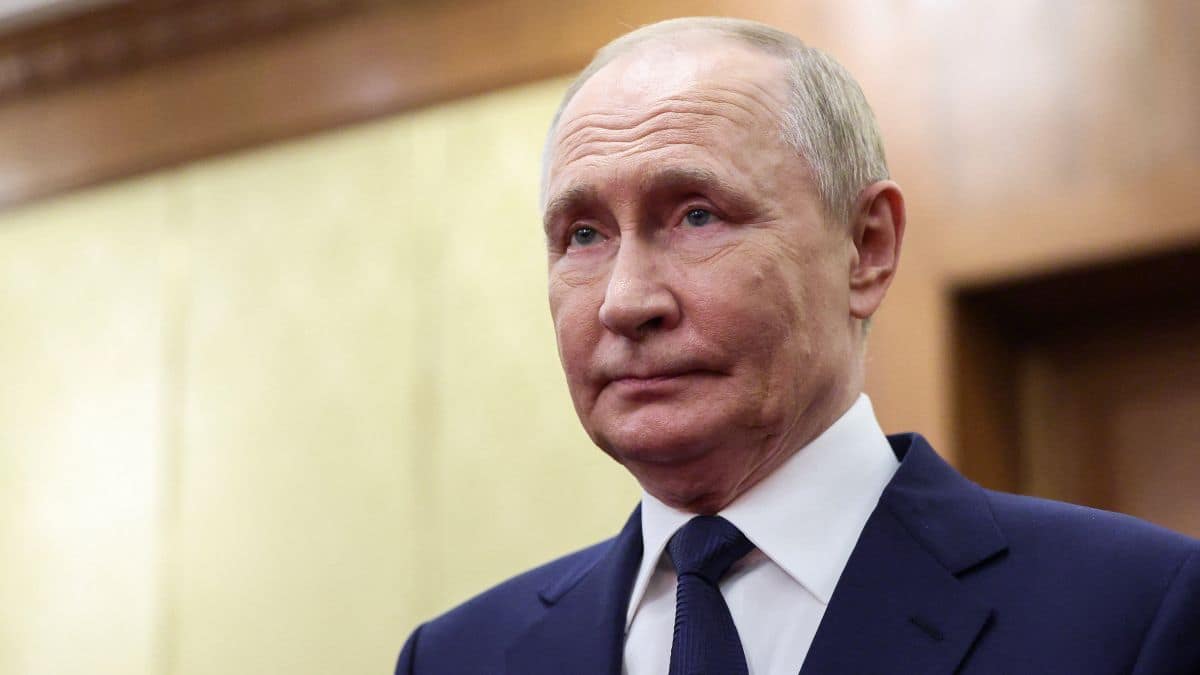
)
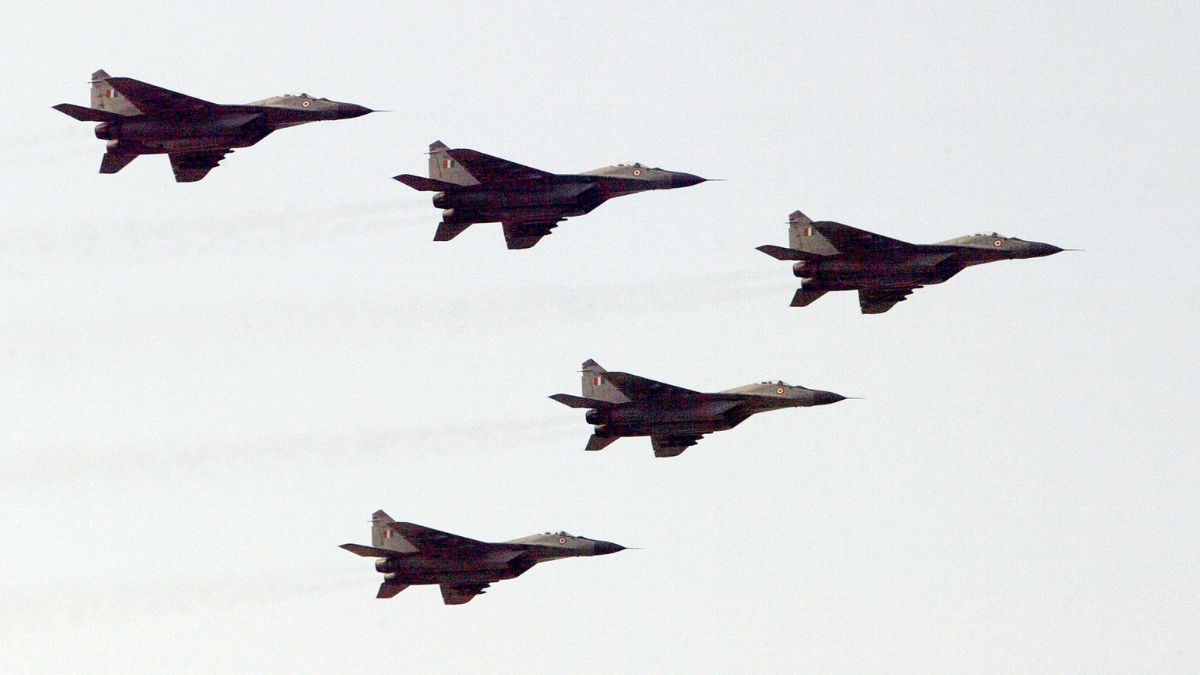)
)
)
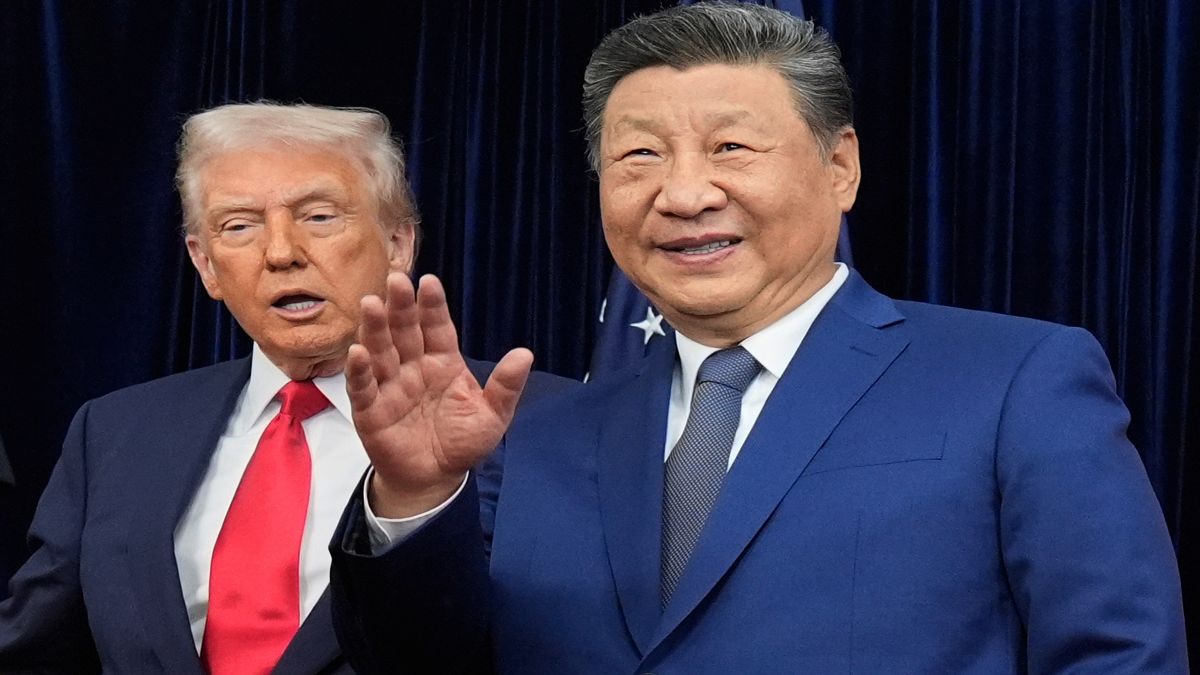)
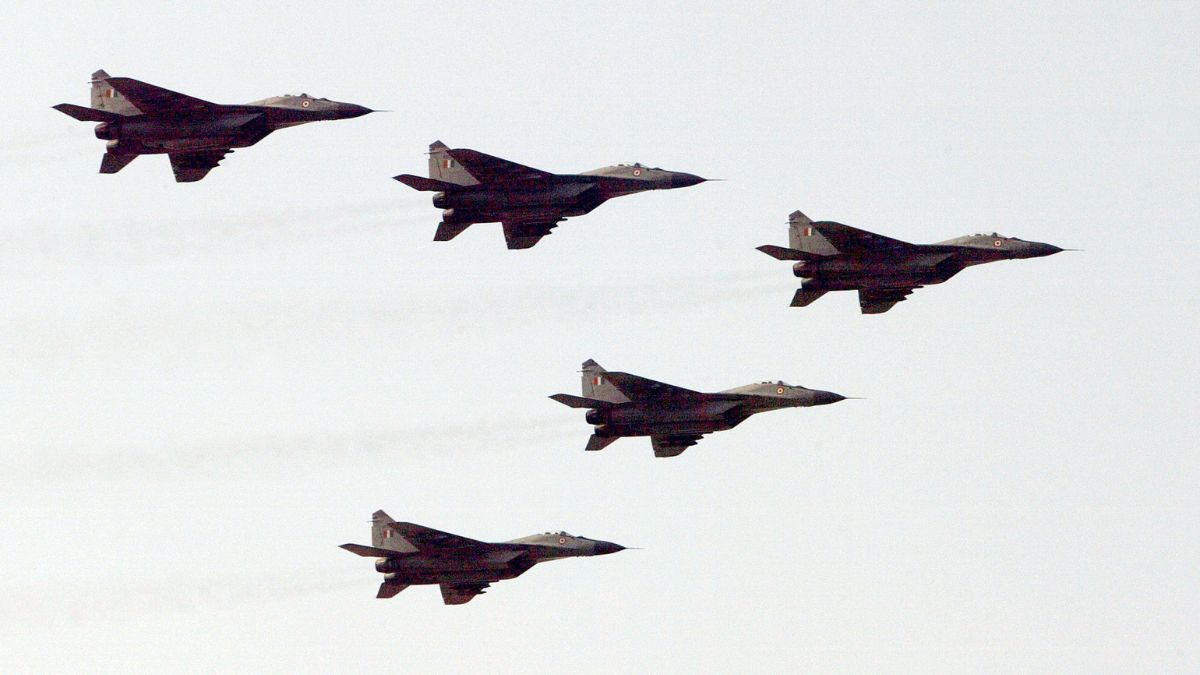)
)
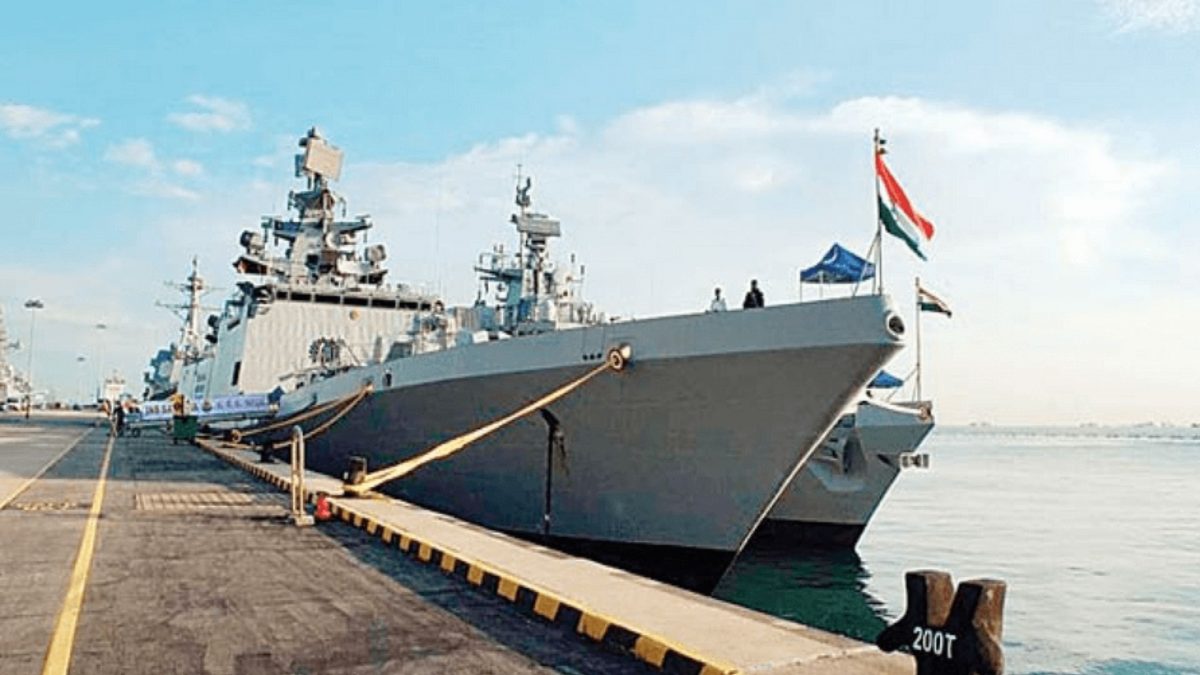)



